chakra alignment
What You Should Know About Spiritual Awakening
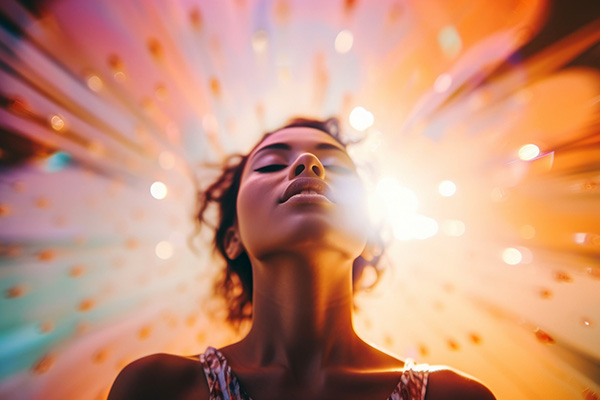 We live in a world that worships results. We proudly proclaim them: “I lost twenty pounds,” or “I was voted employee of the month.”
We live in a world that worships results. We proudly proclaim them: “I lost twenty pounds,” or “I was voted employee of the month.”
Tangible achievements deserve recognition. But in the spiritual realm, such milestones don’t exist in the same way. The universe does not operate according to human rules. The metaphysical realms cannot be measured by physical standards.
This is why when it comes time for us to experience a spiritual awakening — also known as an epiphany, illumination or inner shift — there is no outward certificate of success. It’s not something that can be counted or checked off a list. It happens organically, quietly, often unpredictably. And when it comes, it is only the beginning.
Think of it as a small ball of snow set in motion at the top of a hill. As it rolls down, it grows larger and more powerful, accumulating mass and momentum. That’s what spiritual awakening does: it starts with a whisper and becomes a roar. The journey that follows isn’t always easy, but it’s always worth it.
But what exactly is a spiritual awakening? At its core, spiritual awakening is the moment when you begin to perceive reality through a higher, expanded lens. It is a fundamental shift in consciousness — a sudden or gradual realization that there is more to life than what meets the eye.
A sudden awakening is known as “satori” in Zen Buddhism — a sudden moment of awakening or enlightenment. Satori is a flash of insight into the true nature of reality—an experience where the ego momentarily drops away, and one perceives life with profound clarity and unity.
Energize Your Chakras With Lithotherapy
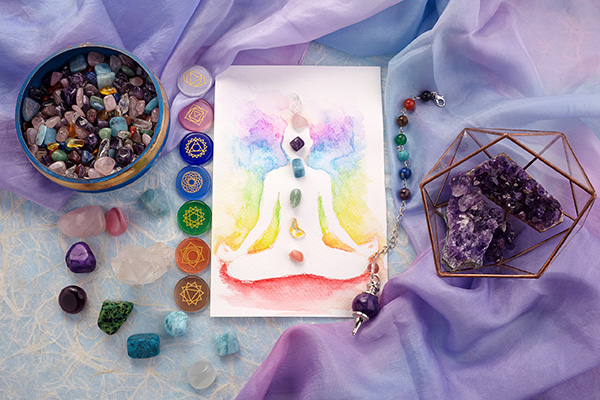 Lithotherapy, also known as crystal healing, is a popular alternative healing method for improving physical, emotional, mental and spiritual well-being.
Lithotherapy, also known as crystal healing, is a popular alternative healing method for improving physical, emotional, mental and spiritual well-being.
But lithotherapy is far from a modern trend. This healing modality has its origins in ancient civilizations, and many indigenous cultures around the world have traditionally used stones and other natural elements in their healing practices, rituals and ceremonies.
Derived from the Greek words lithos (stone) and therapeia (healing), this ancient art harnesses the energies of crystals, stones and minerals that interact with the human energy field to promote energy flow, alignment and balance.
Lithotherapy uses the natural energies of the earth for a holistic approach to healing without the use of synthetic chemicals or man-made materials.
Today, lithotherapy is a staple of alternative medicine and energy healing, and the practice has gained widespread popularity in recent years as more people now incorporate crystals and stones into their lifestyle and spiritual practice.
Each crystal has unique metaphysical properties, allowing practitioners to choose stones that resonate with their specific needs and intentions. One of the most common uses is chakra energy work to clear, balance, and align the body’s energy centers, known as the chakras.
Each of the chakras corresponds to specific physical, mental, emotional or spiritual aspects of our being, and certain crystals, stones and minerals resonate with each of these energy centers to help restore energy flow, function, balance and wellness.
What It Means To Align With Your Higher Self
 The term “higher self” is a term often used in spirituality, metaphysics, and psychic work, but it can be very confusing. What exactly is it? Is it our subconscious, our conscience, our alter ego, our soul, our spirit?
The term “higher self” is a term often used in spirituality, metaphysics, and psychic work, but it can be very confusing. What exactly is it? Is it our subconscious, our conscience, our alter ego, our soul, our spirit?
While these aspects are all related in some way to the higher self, it’s best understood as the most enlightened and transcendent part of our being.
Our soul or spirit is the conscious, evolving part of us in this lifetime, while the higher self is our soul’s highest potential. It is our divine blueprint and our eternal spiritual essence that exists beyond our physical self in the non-physical. It’s the timeless, eternal part of us that embodies the divine essence of who we are.
While the incarnated aspect of soul is the conscious experiencer throughout our lifetime, the higher self is the permanent aspect of the soul that exists in the higher realms.
The higher self is not a separate personality or individual being, but a deeply integrated, higher foundation of our soul. It is like a spiritual archive of all the wisdom, experiences and lessons accumulated from our past lives, as well as our soul contracts and higher purpose for this lifetime, serving as a blueprint for our soul’s evolution and life journey. It reflects the highest aspects of our being.
When we connect with our higher self, we align with this elevated aspect of who we truly are and what we intend to accomplish in this life and the next. This connection gives us clarity and insight into our soul’s path. It allows us to see life from a higher perspective and guides us to make choices that promote personal and spiritual growth. Connecting with the higher self helps us navigate life’s challenges with greater ease and purpose, allowing our soul to evolve and expand.
Healing Your Chakras With Flower Power
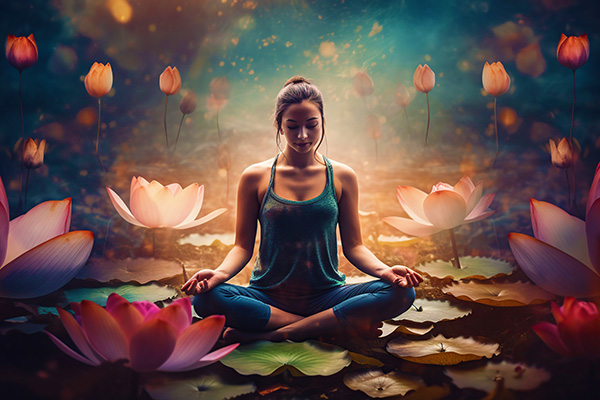 Plants have long been regarded as nature’s healers, offering remedies for a wide range of physical ailments. But beyond their traditional medicinal uses, plants — especially flowers — have incredible energetic properties that can profoundly affect our well-being.
Plants have long been regarded as nature’s healers, offering remedies for a wide range of physical ailments. But beyond their traditional medicinal uses, plants — especially flowers — have incredible energetic properties that can profoundly affect our well-being.
As a firm believer in the healing power of plants. I have seen firsthand how Mother Nature can work in harmony with our body, mind and spirit.
Flowers in particular, with their delicate beauty, aromatic essential oils and subtle vibrational frequencies, have powerful healing properties.
It is no coincidence that flowers are used in many cultural traditions to convey empathy and caring, to provide comfort, and to promote well-being. This is not simply because flowers are pretty and colorful, but because they have such powerful healing properties.
In many cultures, flowers are used to express sympathy and support. For example, it is common to send a bouquet of “get well soon” flowers to someone who is ill or recovering from surgery. Flowers such as lilies and daisies are often chosen for their associations with purity and cheerfulness, helping to lift the recipient’s spirits and contribute to emotional healing.
In Japan the practice of giving flowers, known as hanakotoba (flower language), is deeply embedded in cultural rituals. Each flower has a specific meaning, and their use conveys messages of sympathy, respect or congratulations. Chrysanthemums are associated with long life and are often given to the sick or elderly to wish them good health and longevity. The thoughtful selection of flowers is believed to bring emotional healing and comfort. Continue reading
Being Present In Your Power
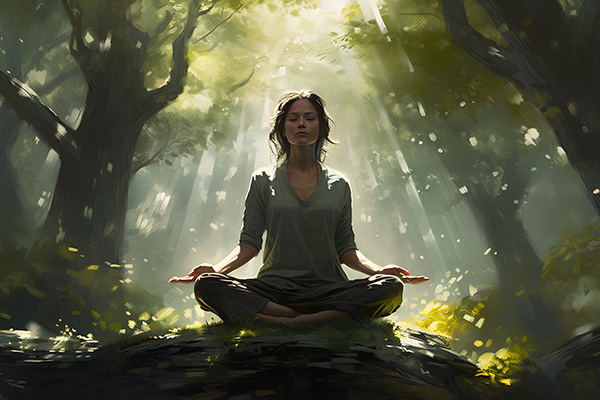 In my field of work, one becomes acutely aware of the importance of being present in one’s power on a daily basis. Our personal vibration acts as a “passport” to profound spiritual experiences, helping us to access different levels of awareness, psychic perception and self-empowerment.
In my field of work, one becomes acutely aware of the importance of being present in one’s power on a daily basis. Our personal vibration acts as a “passport” to profound spiritual experiences, helping us to access different levels of awareness, psychic perception and self-empowerment.
Our personal vibration is essentially the energy we radiate and attract in return. It shapes our experiences and interactions with the world around us.
A higher vibration is associated with positive feelings, clarity, and a sense of connection to something greater, as well as manifesting abundance, well-being and prosperity. Conversely, a lower vibration can manifest as negativity, confusion, and a sense of disconnection, dysfunction, lack and scarcity.
Raising our vibration involves practices that promote emotional, mental, and spiritual well-being. These practices can include meditation, prayer, visualization, affirmation and other forms of energy work and spiritual self-care.
Over the years, I have explored various techniques to help me be more present in my power. While the specific method is a personal choice, any meditation or mindfulness technique can benefit our well-being and help us find peace in the midst of chaos.
After experimenting with different methods, I have settled on one particular practice that has been working very well for me lately. It is an effortless meditative approach that helps me connect with both my inner world and the realm of spirit.
Yoga Can Unlock Your Psychic Potential
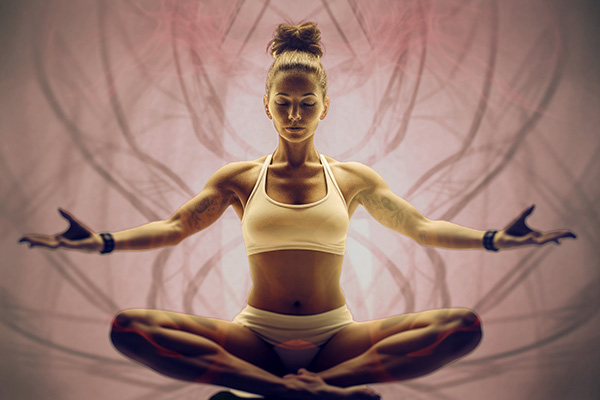 Yoga has long been celebrated for its profound effects on physical vitality, mental health and spiritual growth. However, its benefits extend beyond physical well-being and mental clarity, as yoga is also a powerful practice for developing heightened intuition and psychic abilities.
Yoga has long been celebrated for its profound effects on physical vitality, mental health and spiritual growth. However, its benefits extend beyond physical well-being and mental clarity, as yoga is also a powerful practice for developing heightened intuition and psychic abilities.
First and foremost, yoga promotes the mind-body connection. Through physical postures (asanas), breath control (pranayama) and meditation, practitioners learn to synchronise body, mind and spirit. It promotes mindfulness and present-moment awareness.
The ajna chakra, or third eye, is associated with intuition and psychic abilities. Certain yoga practices, such as trataka (candle gazing) or meditation focused on the space between the eyebrows, activates and balances the third eye.
This heightened focus and awareness strengthens our mental faculties and intuitive awareness. Regular meditation practice cultivates a peaceful, centred mind and deepens awareness of our inner being and our connection to universal consciousness.
Yoga also reduces stress by calming the nervous system and promoting relaxation. A clearer, stress-free mind facilitates access to intuitive insights.
In addition, yoga promotes the flow of energy within the mind-body by focusing on the energy centres known as chakras, which are located along the spine. By practising yoga, we balance and activate these chakras, allowing energy to flow more freely.
The Anchoring Vitality Of The Root Chakra
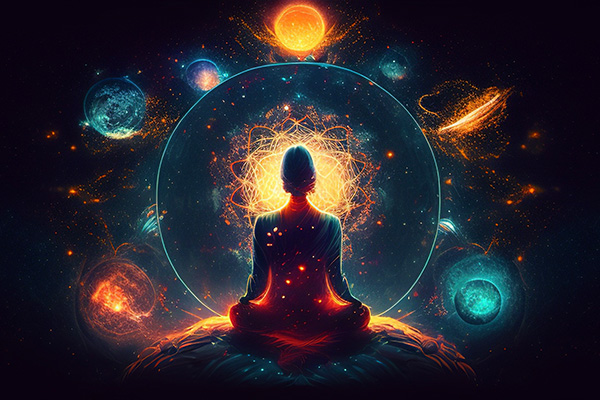 The chakras play a pivotal role in our energetic well-being. These energy centers, rooted in ancient Eastern philosophies, govern various aspects of our physical, emotional, and spiritual functioning and health.
The chakras play a pivotal role in our energetic well-being. These energy centers, rooted in ancient Eastern philosophies, govern various aspects of our physical, emotional, and spiritual functioning and health.
At the very base of this intricate energy system lies the root chakra, an energetic foundation that holds the key to our sense of security, stability, and connection to the world around us.
The root chakra, also known as the base chakra or muladhara in Sanskrit, is the first of the seven main chakras at the base of the spine. Its significance cannot be overstated, as it is the energetic anchor for the entire chakra system. This energy center is associated with red, symbolizing vitality, strength, and the life force that flows through us.
At its core, the root chakra is linked to our most primal instincts and survival needs. Its activation is crucial for establishing a solid foundation for a balanced and fulfilling life. When the root chakra is in harmony, it fosters a sense of security, grounding, and a deep connection to the physical world.
One of the primary functions of the root chakra is to address our basic survival needs, including food, shelter, and a sense of safety. When this chakra is balanced, we feel secure in our environment, enabling us to navigate life with confidence and stability. On the contrary, an imbalanced root chakra may manifest as fear, anxiety, or a constant sense of insecurity.